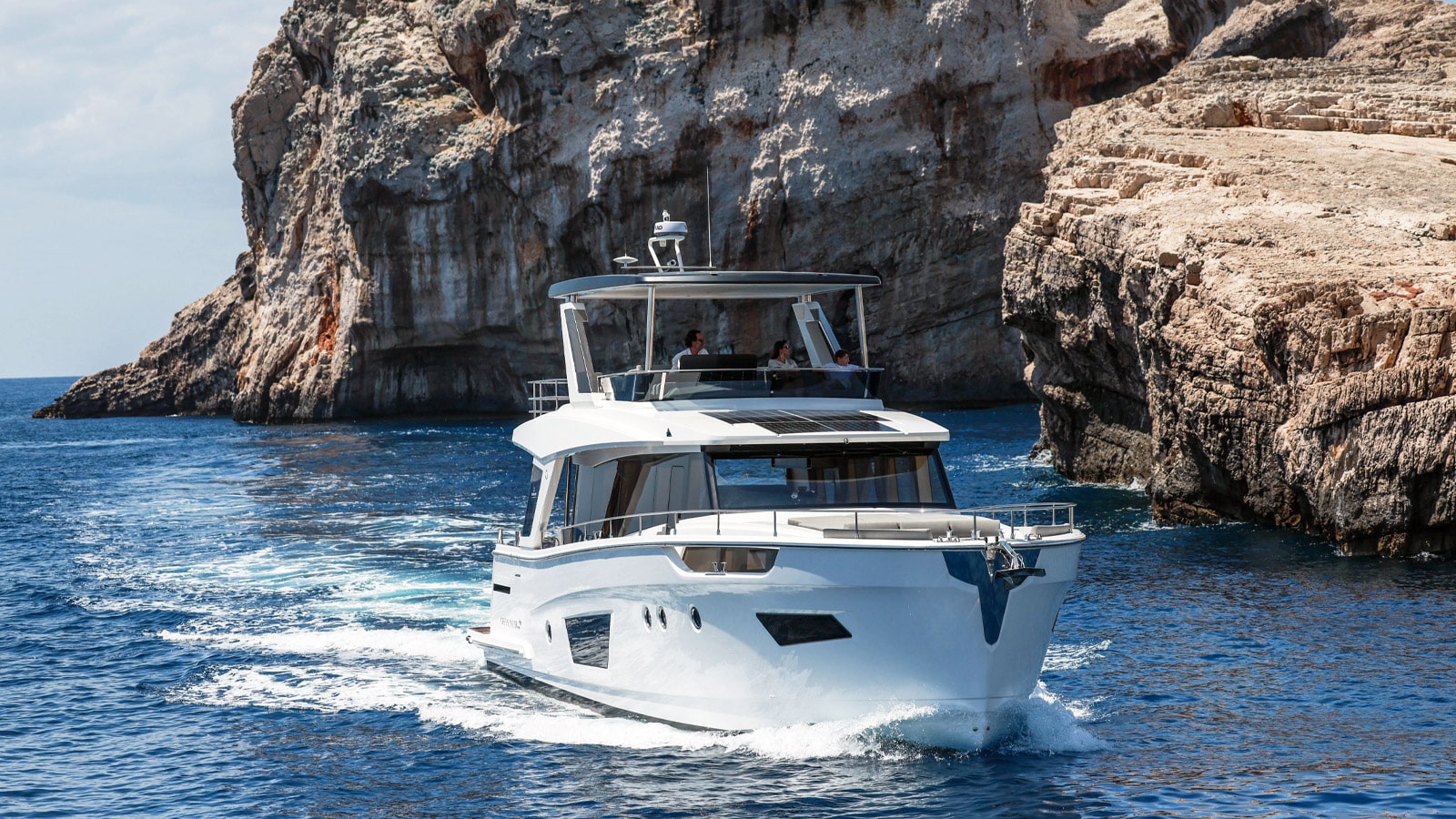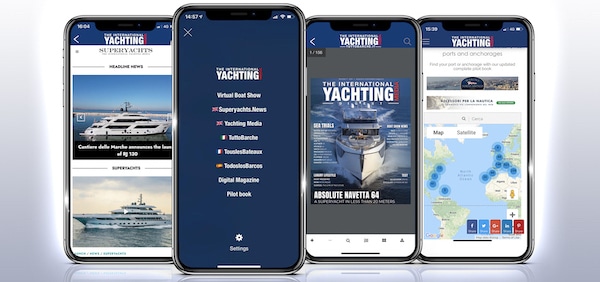Launched in world première in Miami a few days ago, 
Heedless of its onerous inheritance, Mercury has built a 3.4-liter V-6 cylinder engine which is significantly lighter than both the 2.1-liter 4-cylinder inline Verado 175hp /200hp and the 2.6-liter 6-cylinder inline Verado 225hp predecessors.
More displacement, less weight and, above all, more fuel economy. These are important promises which deserve to be tested. This is why we climb on board a Boston Whaler 250 Outrage (which, despite an overall length of 7.75 meters, weights almost 4 tons!) and we go find out whether Mercury’s promises translate into practice or not.
Mercury V6 Fourstroke 225 – Sea Trial
We cast off from the dock of the Marine Stadium and we set course for the bridge which delimits the area when we can push throttles ahead. Our Boston is powered by twin Mercury V6 FourStroke 225hp outboards which, in their white guise with a Marlboro red upper central band, certainly don’t go unnoticed. The overall design of the new V6 is attractive and gutsy and the engines are offered in different colour options and finishes in order to fit better with the colour of the boat.

We get over the bridge and the sea in front of us is very rough, shocked by the multitude of boats which, like us, are experiencing their sea trials. Many pilots sail at full throttle, experiencing fast and very tight turns which inevitably result into really annoying waves. So, we decide to get a less travelled area where to warm up with the new engines.
Putting our throttles ahead, we immediately perceive the power of the torque; the two Mercury outboards don’t allow themselves to be intimidated by the five passengers on board and the 4-ton displacement of the boat and they push with beastly strength. The higher displacement has resulted into an extraordinary acceleration.
However, it is not just the thrust that has captured our attention since, when we speed up, the engine noise turns into an exciting roar. The sound we hear is inebriating, its call is absolutely irresistible. A look around and we finally get a safe zone where we can carry out our acceleration tests and record results.
We’re not in love with the Boston we’re using for our 
Nevertheless, the acceleration test is decisively positive: within just 7 seconds, the boat starts to plane and reaches 25 knots. We’re on board a walk-around specifically designed for fishing and, at this speed, transfers from one spot to another will be certainly low-cost since the flowmeter indicates a fuel consumption level of less than 2 liters/nm for both engines.
We reach the top speed – little more than 42 knots – within just 11.4 seconds and, again, engines prove to be highly fuel-efficient since we’re sailing at just 3.34 l/nm!
However, it’s at cruising speeds that these engines do their very best. We can indeed sail at 3,500-4,500 rpm and at 23-35 knots with a fuel consumption of just 2 liters per nautical mile. In short, an extraordinary performance!
We spend the remaining minutes testing accelerations and decelerations, trying to get the engines into troubles, but in vain. Acceleration and torque are always tangibly better than expected.
Feedback

Stunning acceleration, great fuel economy and considerable light weight. The difficult equation has ben successfully resolved by Mercury without compromising the “family feeling” of the product.
The only problem is that these performances are addictive; this is why, when we enter the low-speed zone, we would like to reverse course and push our throttles ahead again…
Performances
| RPM | Knot | L/h | L/nm |
| 1,000 | 3.91 | 7.19 | 1.84 |
| 1,500 | 5,13 | 12,83 | 2.50 |
| 2,000 | 7.13 | 21.12 | 2.96 |
| 2,500 | 8.78 | 29.82 | 3.40 |
| 3,000 | 16.68 | 37.24 | 2.23 |
| 3,500 | 23.20 | 41.76 | 1.80 |
| 4,000 | 27.98 | 54.81 | 1.96 |
| 4.500 | 32.07 | 69.52 | 2.17 |
| 5,000 | 35.63 | 92.28 | 2.59 |
| 5,500 | 39.28 | 120.50 | 3.07 |
| 6,050 | 42.15 | 140.65 | 3.34 |
| Acceleration | |||
| 0 -25 kn | 6.7 seconds | ||
| 0 -top speed | 11.4 seconds | ||
Boston Whaler 250 Outrage – Technical Specs
- .O.A.:25′ 5″ (7.75 m)
- Beam:9′ (2.74 m)
- Draft:20″ (0.46 m)
- Weight (dry, no engine): 5,350 lbs. (2,427 kg)
- Weight (with engines, fuel and water, if applicable): 8,175 lbs. (3,708 kg)
- Maximum Weight Capacity: 3,642 lbs. (1,652 kg)
- Swamped Capacity: 2,980 lbs. (1,352 kg)
- Person Capacity:12
- Maximum Horsepower: 450 hp (336 kW)
- Minimum Horsepower: 350 hp (261 kW)






























